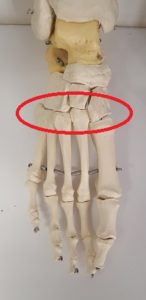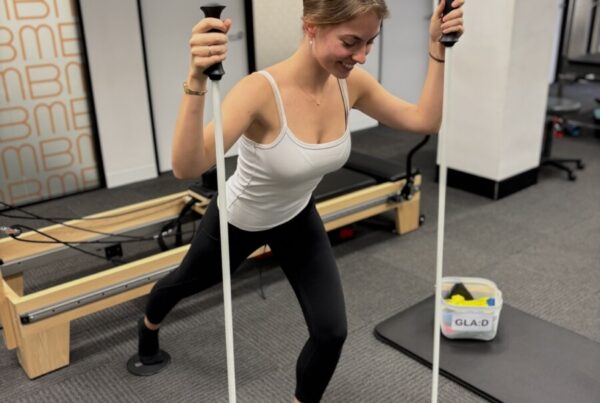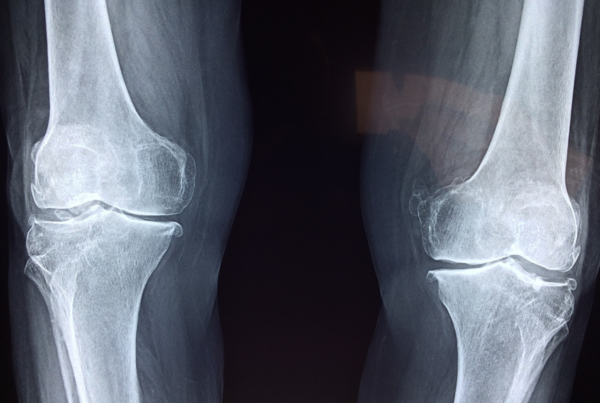 Lisfranc joint refers to the articulation of the tarsal bones to the metatarsals forming the tarsometatarsal joints of the midfoot. It was named after Jacques Lisfranc de St Martin, a French surgeon with in Napoleon’s army. He described amputation through the metatarsal joints as a swift solution to gangrene that occurred when soldiers fell off their horse with a foot stuck in the stirrup!
Lisfranc joint refers to the articulation of the tarsal bones to the metatarsals forming the tarsometatarsal joints of the midfoot. It was named after Jacques Lisfranc de St Martin, a French surgeon with in Napoleon’s army. He described amputation through the metatarsal joints as a swift solution to gangrene that occurred when soldiers fell off their horse with a foot stuck in the stirrup!
Thankfully a Lisfranc injury is a lot less gruesome though it can still be debilitating if missed. It involves the Lisfranc ligament that attaches the second metatarsal to the medial cuneiform within the midfoot. The severity of this can vary greatly from mild sprain to full fracture dislocation. A Lisfranc injury is very easily missed (approximately 20-40% are missed). Early detection and diagnosis is vital to a successful prognosis.
A Lisfranc injury is rare in the general population but common in the sporting population. This can occur with a direct or indirect injury to the foot.
Direct injury: A common cause in the general population.
- Car accident
- Falls from a height
- Crush injuries
Indirect injuries: Common in sports such as equestrian or football.
- Axial force through the mid foot.
- Twisting movement while on your toes.
Symptoms can include:
- Pain around midfoot.
- Swelling around the midfoot.
- Difficulty weight-bearing (typically worse on forefoot weight-bearing such as coming down stairs).
- Bruising under the midfoot.
Treatment:
Initial treatment for a Lisfranc injury follows the same acronym P.R.I.C.E which is used for many other acute injuries. This stands for protection, rest, ice, compression and elevation. Your Physiotherapist can assess your foot and help guide you in the best course of action.
If your Physiotherapist suspects a Lisfranc injury, then you will be sent for an X-ray initially which is often taken while taking weight through the foot. If further clarification is needed, imaging such as an MRI or a CT scan may be required.
Once a Lisfranc injury has been identified the treatment depends on the severity and instability of the injury. If there is no instability present then conservative treatment in non-weight bearing, often in a boot, may be appropriate. In a large number of cases where instability is present, surgical fixation to reduce and stabilise the joint is required.
Following surgery rehabilitation will commence as directed by your surgeon. In many cases you will be non-weight bearing for a period initially (often for six weeks) then weight bearing within a boot (up to about three months post operation). Your Physiotherapist will help to increase the range of motion around your ankle and toes as well as maintaining the strength of the rest of your leg.
The metal work is generally left in place for about six months before it is removed, and you are unlikely to be able to return to any impact sports for at least six months.
If you are experiencing pain in your midfoot or if you have had surgery for a lisfranc injury please don’t hesitate to book in to see one of the team at Bend + Mend to help manage this injury.



Hey, I’m in week 4 since my surgery. I got my cast removed 11 days ago. My arch is experiencing soreness that just seems to not improve. It throbs at times.
Overall, it seems like everything else is improving very well, but my arch just aches. Is this normal?
Hi Joe,
Hi Joe,
Thanks for your question. There could be a couple of things happening, and we would need to have a more in-depth conversation to get a full picture before being able to give you an accurate answer.
Are you still in a moonboot?
As you required surgery, my thoughts would be that your injury was a higher level/grade of Lisfranc, which involves the fracture but also damage to the stabilising ligaments of your foot, and it’s possible that since you’ve come out of your cast you are now putting more pressure on these ligaments.
I would suggest checking with your surgeon and seeing whether they are happy for you to start some rehab exercises with your physio, to get you back on your feet without pain.
Kind regards,
Kirsty
Hi,
I underwent and ORIF surgery for lis frank injury in my left foot. Metal plate and 5 screws were inserted in 1st and 2nd metatarsals for stabilisation. as the X-rays showed that my injury was an unstable one. My sutures were removed after two weeks and I have been asked by the physio to do light exercises on the operated leg to maintain its strength. I have been put in a cam boot and I am not weight bearing for 6 weeks. This has been a very anxious and depressing time for me waiting and feeling restricted. My doctor says that I will start weight bearing in the next few weeks. May I get some info on how this would go? Would I be able to take a few steps on the very first day? I know that I will have to be in a cam boot for a while but how long would it take for me to walk independently without the the help of any walking aids. Although my physical healing is happening in the background, the entire surgery and recovery experience has been mentally disturbing for me. As you might have come across such patients and have experience i this regard, could you guide me on how I can deal with this mentally? Are their groups? Can i reach out to someone who has already gone through a similar experience? any help would be greatly appreciated.
Hello,
Thanks for your comment. Usually after surgery of this type (including plates and screws) the area will be nice and stable once healed so usually yes you would be able to take some steps when you start weight-bearing.
Your surgeon and Physio will guide this for you and the timing depends on the extent of the procedure. It would be worth asking your surgeon for expected timing based on your actual surgery so they can give you a more accurate estimate. Once you see the Physio when you are able to weight-bear they will also be able to assess based on the operation and give you a clearer idea of recovery time.
As for dealing with all this mentally, it might be worth speaking to a psychologist as they are the best people to help you deal with the whole experience from a mental perspective. There are also service such as Beyond Blue that you can access online that you might find helpful for information and to find the right health professional to assist you.
Once you start rehab I hope that you feel more control of the situation and have a good recovery!
Kind regards,
Kellie